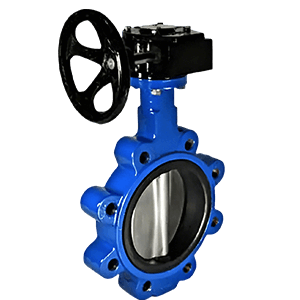When you think about ships, you probably imagine massive engines, strong steel hulls, and powerful propellers. But hidden inside those systems are countless valves that keep everything running smoothly. One of the most common is the butterfly valve. It’s compact, lightweight, and highly efficient, which makes it perfect for the complex piping systems on board.
What Is a Butterfly Valve
A butterfly valve is a quarter-turn valve. It has a round disc in the middle that rotates to open or close the flow. When the handle or actuator turns the disc parallel to the flow, liquid passes through easily. When the disc is turned perpendicular, it blocks the flow.This simple design makes butterfly valves fast, reliable, and easy to operate.
Why Ships Use Butterfly Valves
On ships, space is limited. Every piece of equipment must be compact yet durable. That’s why butterfly valves are popular. They are much lighter than gate or globe valves, and they take up less room in tight engine rooms or piping systems.
-
①Quick operation – Just a quarter turn to open or close.
-
②Good flow control – The disc can be set at different angles for throttling.
-
③Low weight – Reduces stress on ship piping.
- ④Cost efficiency – Easier to install and maintain compared to other valve types.
Where They Are Installed on Ships
-
①Ballast systems – Controlling the intake and discharge of seawater for ship stability.
-
②Cooling water systems – Regulating the flow of seawater used to cool engines and machinery.
-
③Fuel oil systems – Managing the transfer and supply of fuel within the ship.
-
④Firefighting systems – Quick shut-off and control in fire main pipelines.
-
⑤Sewage and bilge systems – Handling wastewater and bilge discharge safely.
In each case, the valve’s compact design helps save space while still providing reliable performance.
Materials for Marine Butterfly Valves
-
①Cast iron or ductile iron (cost-effective, used in less critical systems).
-
②Bronze (resistant to seawater corrosion).
-
③Stainless steel (strong and highly corrosion-resistant for demanding systems).
Elastomer seals or rubber linings are also used to ensure tight shut-off, even in high-moisture environments.
Post time: Sep-18-2025

